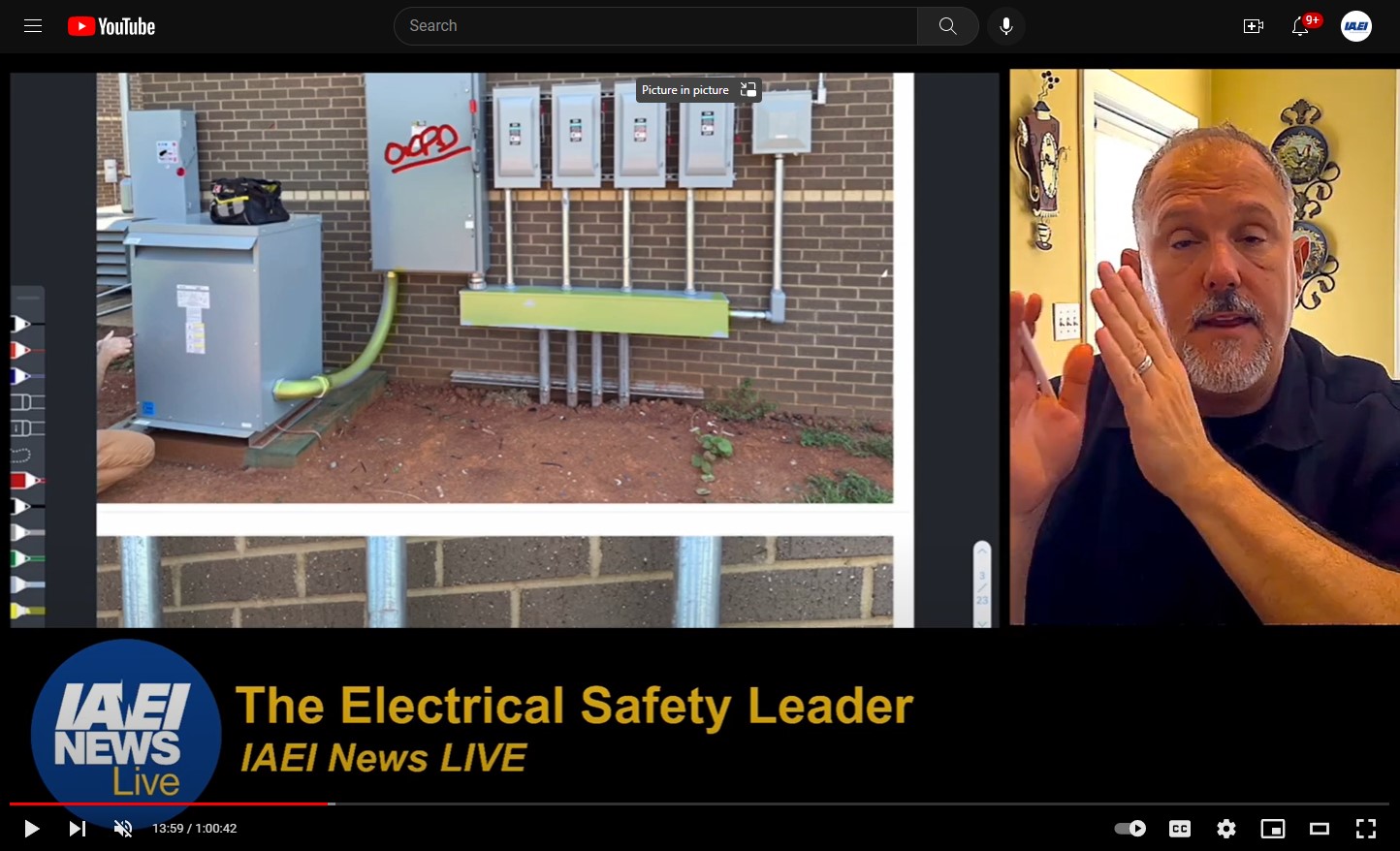I find inspecting the wiring and branch circuit protection of a three phase to three phase VFD used in a single phase to three phase motor application confusing. The manufacturer’s instructions state the drive output rating should be sized twice the rating of the motor. Can UL shed some light on sizing of conductors and branch-circuit protective devices required for Certified (Listed) three-phase drives used in single-phase to three-phase motor applications?
Wiring a three phase variable frequency drives (VFD), also known as power conversion equipment, in a single to three phase application can be confusing. The 2017 NEC, Article 430, Motors, Motor Circuits, and Controllers, Part X, Adjustable-Speed Drive Systems and the installation instructions provided with Certified (Listed) VFDs are critical to the proper wiring of these devices. Itemized below are the requirements for the conductors and protective devices.
Input conductor sizing. NEC 430.122(A) requires that the conductors on the single phase input (supply) side of a drive are required to have a rated ampacity of at least 125% of the rated input current of the drive. The single phase input current will be approximately 1.73 – 2.0 times the three phase motor current due to the single to three phase conversion (plus some variable power loss in the drive). To address this, most drive manufacturers will require using a drive with a full load motor output current (or horsepower) rating that is twice the rating of the motor full load current rating (or horsepower). Although the drive will only be operating at ½ of its motor output rating, one phase of the drive input will be operating at the full input current rating of the drive.
Output conductor sizing. The sizing of the conductors on the three phase output side of the drive (motor supply) are required by NEC 430.22 to have a rated ampacity of at least 125% of the motor full load current rating. As stated above, the output current will be what you would expect for the motor current rating, which is normally about half the rating of the drive output. In both the case of the drive input and output conductors, the sizing is a minimum requirement, larger conductors may be used however the wiring terminals and wiring methods have to be appropriately sized.
Branch Circuit Protective Device Rating. The rating of the branch circuit protective device(s) is required to be based on the requirements of NEC 430.52 using the full load current rating of the motor, but be no larger than the size stipulated by the drive’s installation instructions, as required by NEC 430.130. In many single to three phase applications, if the drive’s instructions specify a protective device size, it will be much larger than that required by NEC 430.52 for most protective devices. Yet the protective device size cannot exceed the size specified by 430.52 (despite the manufacturer’s specified size) because the coordination of the protective device with the drive’s three phase output conductors will be lost, meaning that the output conductors will no longer be suitably protected by the branch circuit protective device. The general rule for sizing of the branch circuit protective device for a drive is that the sizing cannot exceed the smaller of that required by NEC 430.52 or that stipulated by the drive’s installation instructions.
Summary. Because the drive is not considered by the NEC as suitable for protection of the output conductors, this application will result in a small branch circuit protective device relative to the drive size and input conductor size.
Motor Overload and Overtemperature Protection. Although not part of the specific question, please note that if motor overload protection and overtemperature protection are required and you are using the drive to provide this protection, it has to be adjustable and set in accordance with the full load current rating of the motor. If the drive does not have adjustable overload and overtemperature settings, the settings will be too high as the drive is rated for a motor twice the size of what it is controlling in this application. Other means of overload protection in accordance with NEC 430 Part III and overtemperature protection in accordance with 430.126 have to be considered.
Variable frequency drives are certified (Listed) under the product category Power Conversion Equipment (NMMS) and are investigated for compliance with ANSI/UL 508C, the Standard for Safety for Power Conversion Equipment, or ANSI/UL 61800-5-1, the Standard for Safety for Adjustable Speed Electrical Power Drive Systems – Part 5-1: Safety Requirements – Electrical, Thermal and Energy. The UL guide information and Certifications (Listings) can be located on UL Product Spec at www.ul.com/productspec and enter NMMS at the category code search.











Find Us on Socials